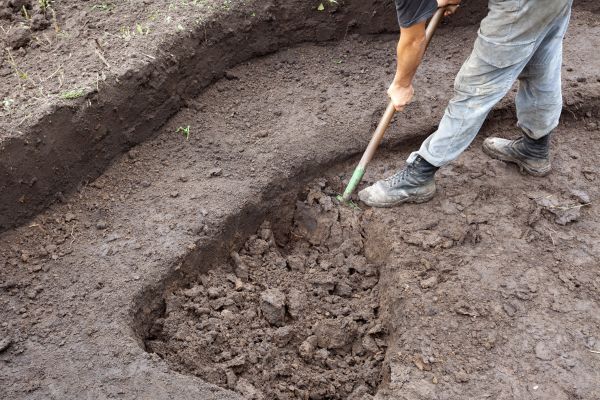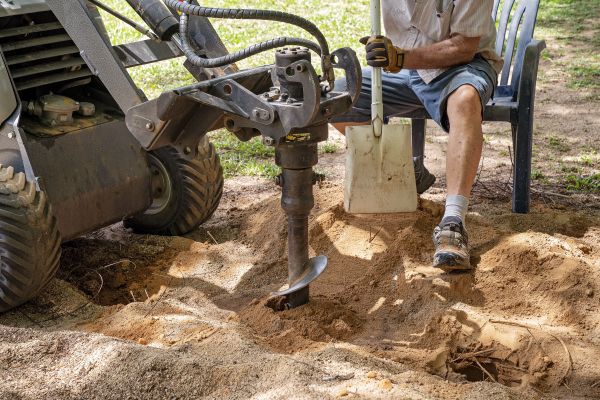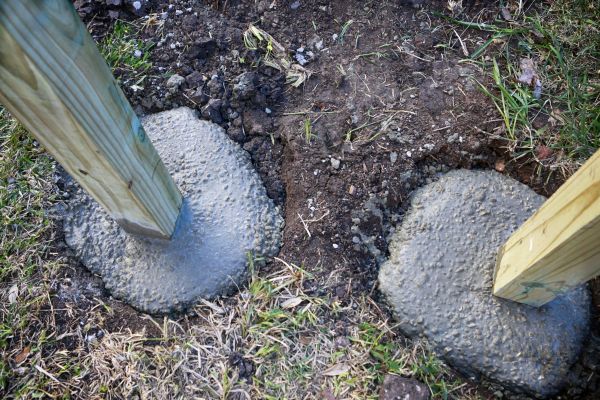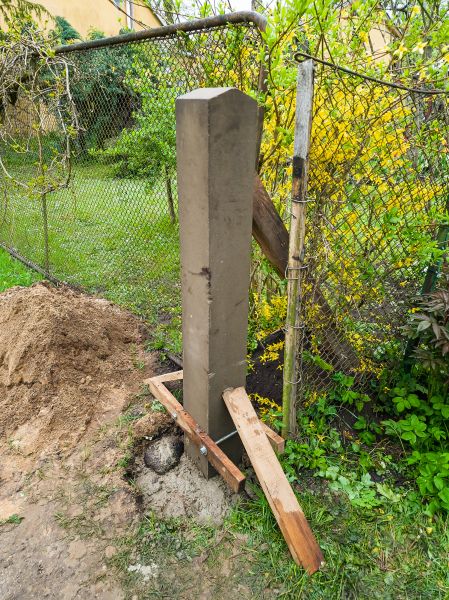Post Hole Installation Service – Frequently Asked Questions (FAQ)
What is included in post hole installation service?
Post hole installation typically includes site evaluation, marking hole locations, digging the holes to the appropriate depth, and setting posts securely using concrete, gravel, or soil. This service is essential for projects like fences, decks, pergolas, and signposts.
How deep should post holes be?
The depth of post holes depends on the type of project, soil conditions, and local regulations. Typically, post holes are dug 1/3 to 1/2 of the post's total height. In colder climates, the holes need to be deep enough to go below the frost line to prevent heaving.
What tools are used to dig post holes?
Professionals may use manual post hole diggers, powered augers, or heavy machinery, depending on the project size and soil conditions. For hard or rocky soil, specialized equipment may be required.
How do I know how many post holes I need?
The number of post holes depends on your project's design and the spacing required between posts. For example, fence posts are typically spaced 6-8 feet apart, while deck posts are positioned based on the structure's weight distribution and design.
Can you install posts in all soil types?
Yes, post hole installation can be done in various soil types, but different soils (clay, sandy, rocky, etc.) may require specific techniques or equipment. Softer soils may need deeper or wider holes, while rocky soil may require more powerful tools to dig through.
How long does it take to install post holes?
The time required for post hole installation depends on the number of holes, the type of soil, and any challenges like rocks or roots. A small project might take a few hours, while larger or more complex jobs could take a day or more.
Do I need to call utility services before digging post holes?
Yes, it's important to contact utility services before any digging begins to ensure there are no underground utilities such as gas, water, or electrical lines in the area. This is a critical safety step that professionals will typically handle before starting work.
What materials are used to secure the posts?
Posts are commonly secured with concrete, gravel, or compacted soil. Concrete is typically used for long-lasting stability, while gravel allows for better drainage. The material used depends on the project and soil conditions.




